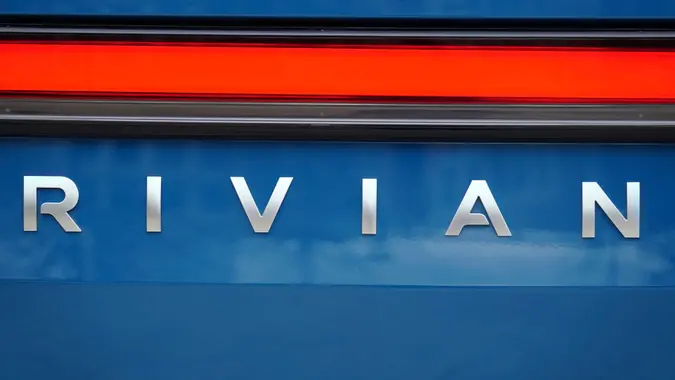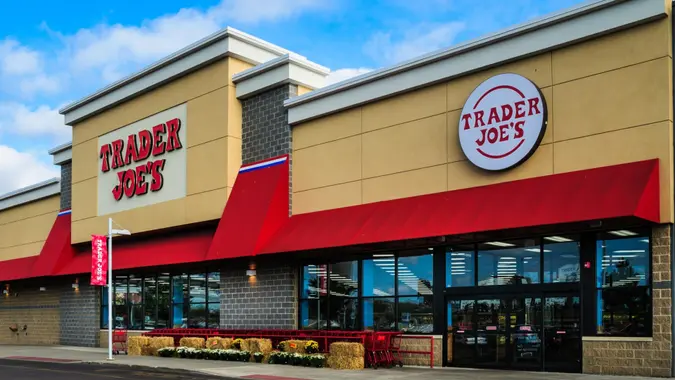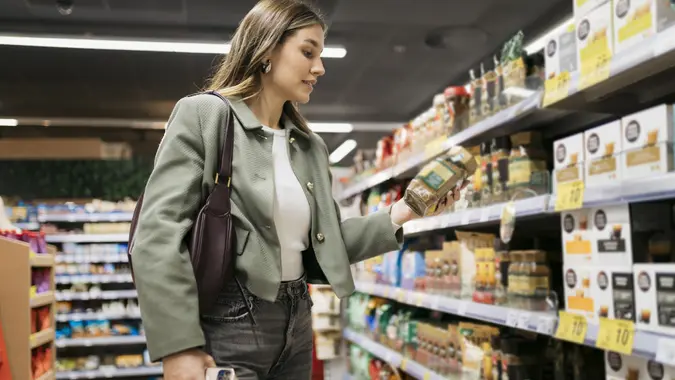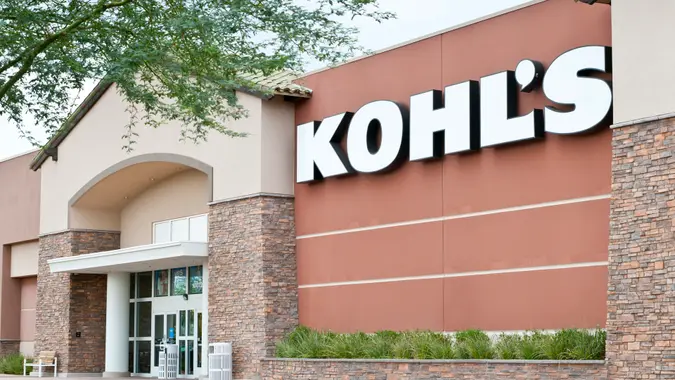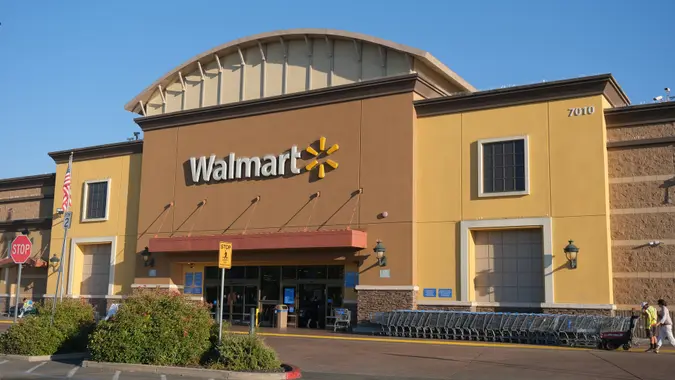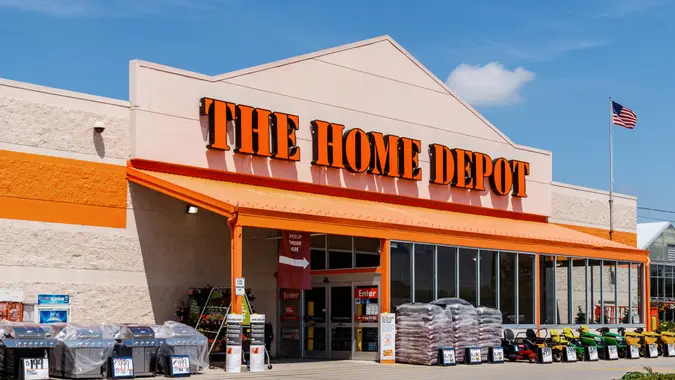Hawaii’s Gov. David Ige and 29 More States Extending Emergency SNAP Allotment Through December 2022

Commitment to Our Readers
GOBankingRates' editorial team is committed to bringing you unbiased reviews and information. We use data-driven methodologies to evaluate financial products and services - our reviews and ratings are not influenced by advertisers. You can read more about our editorial guidelines and our products and services review methodology.

20 Years
Helping You Live Richer

Reviewed
by Experts

Trusted by
Millions of Readers
On Nov. 17, Hawaii’s Gov. David Ige signed a fifth emergency proclamation to extend the state’s Emergency Supplemental Nutrition Assistance Program (SNAP) benefits through January 16, 2023.
“Food insecurity is just one of the lingering effects of the pandemic, and SNAP benefits provide Hawaiʻi families with nutritious food,” said Gov. Ige, according to the press release. “This emergency proclamation provides additional food security through the holidays.”
However, Hawaii is far from the only state offering additional benefits to SNAP recipients — twenty-four more (and counting) have signed on through December 2022.
Based on a public health emergency declaration by the Secretary of Health and Human Services under section 319 of the Public Health Service Act related to an outbreak of COVID-19 when a state has also issued an emergency or disaster declaration, the U.S. Department of Agriculture (USDA) has granted waivers to the following states (plus Guam):
- Alabama
- California
- Colorado
- Connecticut
- Delaware
- Guam
- Hawaii
- Illinois
- Kansas
- Louisiana
- Maine
- Maryland
- Massachusetts
- Michigan
- New Hampshire
- New Jersey
- New Mexico
- New York
- North Carolina
- Ohio
- Oklahoma
- Oregon
- Pennsylvania
- Rhode Island
- South Carolina
- Texas
- Utah
- Vermont
- Virginia
- West Virginia
- Wisconsin
The emergency extended SNAP benefits mean households can receive the maximum benefit for their size, and those already getting the maximum benefit can receive an additional $95.
Because of inflation, the USDA upped monthly SNAP benefits by 12.5% in October, allowing a $104 increase each month for the average family of four. The maximum benefit for a four-person household is now $939 a month, up from $835.
SNAP provides low-income families with funds that can be used toward the following items:
- Fruits and vegetables
- Meat, poultry and fish
- Dairy products
- Breads and cereals
- Snack foods and non-alcoholic beverages
- Seeds and plants that produce food for the household to eat.
In 2021, 41.5 million people received SNAP, up nearly 6 million from 2019. That number will likely grow as inflation makes it increasingly difficult for families to put food on the table.
 Written by
Written by  Edited by
Edited by 





